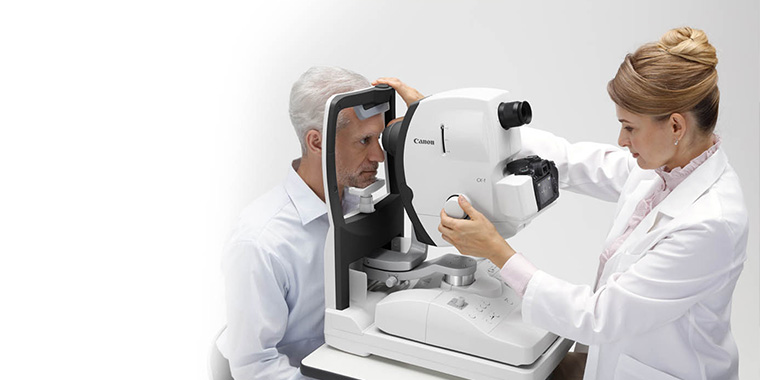The Pros and Cons of Different Refractive Surgeries for Boosted Eyecare

LASIK Surgical Treatment
LASIK surgical treatment is a typically performed refractive procedure that intends to correct vision concerns such as farsightedness, nearsightedness, and astigmatism. This medical strategy has actually obtained popularity as a result of its performance in providing individuals with clearer vision and reducing their dependence on glasses or get in touch with lenses. During the procedure, a slim flap is created on the cornea, and a laser is made use of to improve the underlying tissue, remedying the refractive mistake. The flap is after that rearranged, enabling fast recovery and very little discomfort for the person.
One of the primary benefits of LASIK surgical procedure is the quick renovation in vision experienced by many clients. It is essential for individuals thinking about LASIK surgical treatment to undergo a complete examination by an eye care specialist to determine if they are ideal candidates for the treatment.
PRK Procedure
The PRK treatment, additionally referred to as Photorefractive Keratectomy, is a kind of refractive surgery that aims to fix vision concerns similar to LASIK surgical treatment. Unlike LASIK, which involves creating a flap in the cornea, PRK deals with the surface area layer of the cornea. During the PRK treatment, the external layer of the cornea, called the epithelium, is removed to permit improving of the underlying corneal tissue with an excimer laser. This reshaping aids to fix refractive mistakes such as farsightedness, astigmatism, and nearsightedness.
One of the advantages of PRK over LASIK is that it eliminates the danger of flap-related issues given that no flap is created during the surgery. Despite the longer recovery duration, PRK can be an ideal alternative for people seeking vision improvement surgical treatment.
SMILE Surgical Treatment
A cutting-edge refractive surgical treatment strategy getting appeal in the area of ophthalmology is SMILE Surgery. Small Incision Lenticule Extraction (SMILE) is a minimally intrusive procedure that remedies vision by improving the cornea making use of a femtosecond laser. Unlike standard LASIK surgery, SMILE Surgery includes creating a small laceration in the cornea to extract a lenticule, which results in less disturbance to the corneal structure and possibly faster recuperation times.
Among the primary benefits of SMILE Surgical treatment is its ability to deal with myopia (nearsightedness) and astigmatism with high accuracy, bring about outstanding visual end results for clients. The minimally intrusive nature of the procedure additionally lowers the threat of complications such as completely dry eye disorder, making it a beneficial alternative for individuals looking for refractive surgical procedure.

LASEK Method
Having explored the advantages and factors to consider of SMILE Surgical procedure, another significant refractive surgery strategy worth checking out is the LASEK Technique. LASEK, which means Laser-Assisted Subepithelial Keratectomy, is a kind of laser eye surgical treatment that intends to deal with refractive mistakes such as myopia (nearsightedness), hyperopia (farsightedness), and astigmatism.
Unlike LASIK, LASEK does not entail developing a corneal flap. Instead, during a LASEK treatment, the doctor makes use of a watered down alcohol option to loosen the thin external layer of the cornea, recognized as the epithelium.
Among the primary benefits of LASEK is that it can be suitable for people with slim corneas who might not be good candidates for LASIK. In addition, LASEK typically results in marginal post-operative discomfort and a quicker recuperation time contrasted to PRK. Nonetheless, the aesthetic recuperation procedure with LASEK may be slightly longer than with LASIK.
Implantable Call Lenses
Implantable Call Lenses offer a lasting vision improvement remedy for individuals why not check here seeking an alternative to conventional contact lenses or glasses. These lenses, additionally called phakic intraocular lenses, are operatively placed into the eye to correct refractive errors such as nearsightedness (nearsightedness), hyperopia (farsightedness), and astigmatism. cardiologist andalusia. Unlike typical contact lenses that rest on the surface of the eye, implantable contact lenses function within the eye itself, supplying clear vision without the need for daily maintenance or elimination
One of the key advantages of implantable call lenses is their durability. Once inserted, they can continue to be in the eye indefinitely, offering steady and consistent vision modification. Additionally, these lenses can be an excellent choice for individuals that are bad candidates for laser eye surgical treatment or that favor a reversible vision adjustment procedure.
Nevertheless, implantable get in touch with lenses do carry some threats, consisting of the possibility for cataracts or increased browse around these guys eye stress. It is essential for individuals considering this choice to consult with an eye care expert to identify if implantable get in touch with lenses are the best selection for their specific requirements and eye health and wellness.
Final Thought
To conclude, each sort of refractive surgery has its own advantages and negative aspects. LASIK surgical treatment is prominent for its quick healing time, while PRK treatment might be appropriate for patients with thin corneas. SMILE surgical treatment offers very little pain throughout the procedure, yet LASEK strategy might have a longer recovery procedure. Implantable get in touch with lenses index provide an option for those that are not suitable prospects for traditional surgical procedures. Individuals must seek advice from their eye care service provider to identify the ideal alternative for their individual needs.

Overall, SMILE Surgical procedure provides an encouraging choice for individuals looking to boost their vision with refractive surgical procedure.